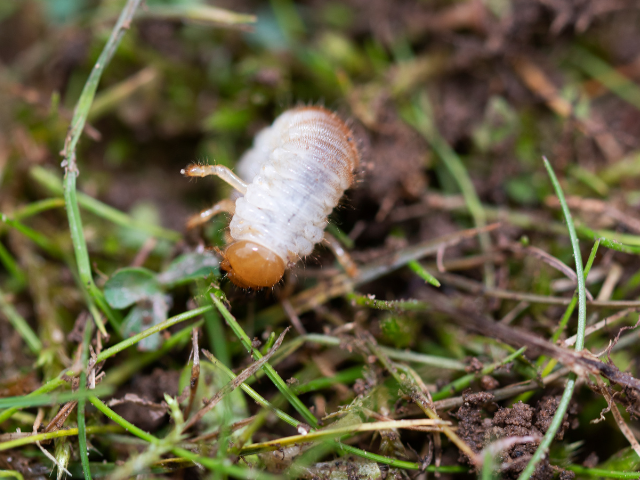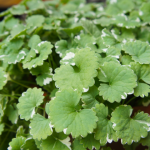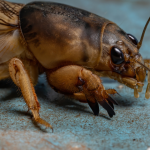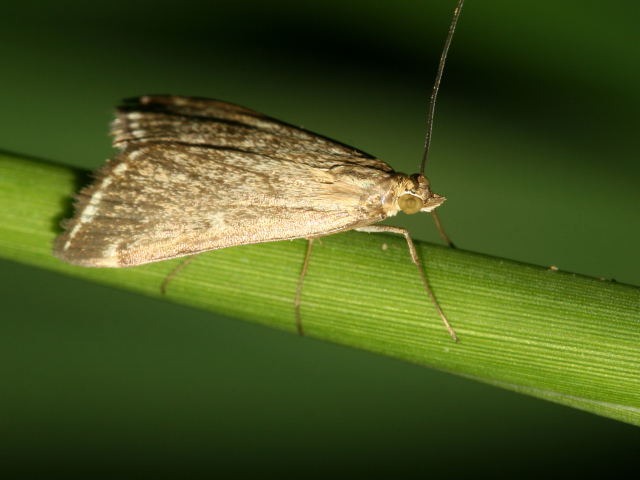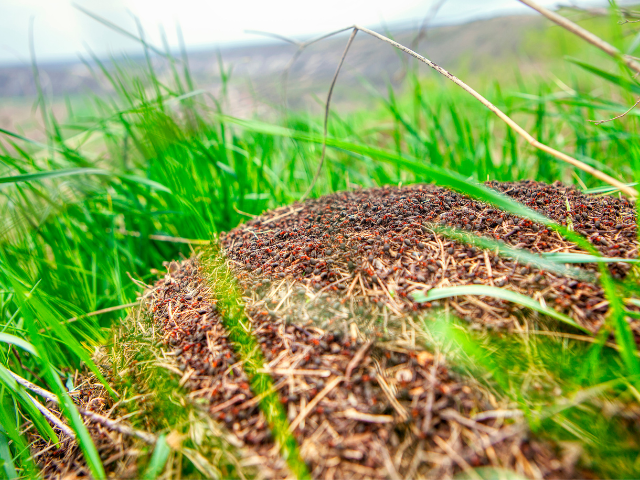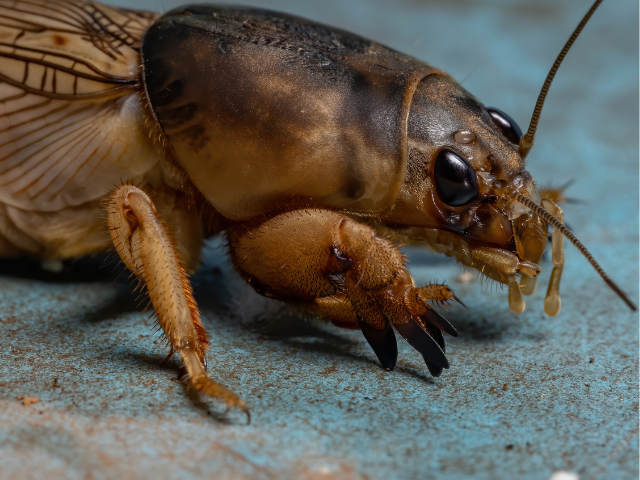Do you have a green thumb? Many people take great pride in their lawn, and for good reason! A well-manicured lawn can really add to the curb appeal of your home. However, if you’re not careful, pests can quickly take over and damage your lawn. In this blog post, we will discuss common lawn pests and how to identify and eliminate them!
Types of Lawn Pests
As a homeowner, you take pride in your yard. You spend time every week mowing the lawn, watering the plants, and pulling weeds. But no matter how hard you try, sometimes pests still manage to sneak into your yard and ruin everything. Here are some of the most common lawn pests and tips on how to get rid of them:
Lawn bugs
Some of the most common lawn pests are insects. Insects such as:
Grubs
Grubs are the larvae of various types of beetles, including Japanese beetles, June bugs, and chafers. Grubs live in the soil and feed on the roots of grasses, which can damage or even kill your lawn. To determine if grubs are present on your lawn, look for brown patches that feel spongy when you walk on them. You may also see animals such as skunks or raccoons digging in your lawn, as they are looking for a tasty grub snack!
If you have grubs, the first step is to determine what type of beetle they came from. Once you know this, you can select a pesticide that is specific to that type of beetle. You will need to apply the pesticide according to the instructions on the label. It is important to note that some pesticides must be applied before the grubs hatch, while others must be applied after the grubs have hatched.
Chinch bugs
Chinch bugs are small, black insects with white stripes on their wings. They feed on the sap of grasses, which can cause the grass to turn brown and die. If you suspect you have chinch bugs on your lawn, look for small brown patches of grass. To confirm that chinch bugs are the cause, pull back the dead grass to look for the insects.
To get rid of chinch bugs, treat your lawn with an insecticide. Be sure to follow the instructions on the label, and apply the insecticide when the bugs are active, which is typically in late spring or early summer. You may need to reapply the insecticide several times to achieve complete control.
Armyworms
Armyworms are one of the most common lawn pests and can be very destructive to your lawn. They are the larvae of moths and can grow up to two inches long. Armyworms are usually green or brown in color and have stripes running down their bodies. These pests are most active at night and feed on grasses, leaves, and other vegetation. Armyworms can quickly decimate a lawn if left unchecked.
To control armyworms, you will need to treat your lawn with an insecticide. Be sure to follow the directions on the label carefully and apply the product when the armyworms are active. You may need to reapply the insecticide several times to completely eliminate
the pests.
Cutworms
Cutworms are one of the most common lawn pests and can be identified by their brown or black color. These pests are known to cut plants at the base, which can damage your lawn. Cutworms can be eliminated by using a pesticide or trap.
If you have cutworms on your lawn, it is important to take action immediately. These pests can cause serious damage to your plants and lawn. Use a pesticide or trap to eliminate them from your property.
Sod webworms
Sod webworms are small caterpillars that feast on grass, and their presence is usually first noticed when patches of lawn turn brown. These pests are most active in late summer and early fall, and they’re particularly fond of St. Augustine grass.
To get rid of sod webworms, you’ll need to treat your lawn with an insecticide. Be sure to follow the instructions on the label, and water your lawn thoroughly after applying the insecticide. You may need to treat your lawn more than once if the infestation is severe.
Billbugs
Billbugs are a type of weevil that feeds on grass stems and leaves. The adults are dark brown or black, and about ¼-inch long. They have a long, curved snout and can be found crawling on your lawn in late spring and early summer.
If you suspect billbugs are present on your lawn, look for small, oval-shaped holes in the grass. You may also see patches of dead or dying grass, as well as grubs crawling on the surface of the soil. To confirm their presence, pull back a section of affected turf to look for the small, white larvae.
To control billbugs, treat your lawn with an insecticide that contains neonicotinoids. Be sure to follow the directions on the product label and apply it when the bugs are active, typically in late spring or early summer. You may need to reapply the insecticide every four to six weeks to keep the billbugs at bay.
Leatherjackets
The larvae of several types of crane fly are known as leatherjackets. These voracious eaters can destroy a lawn in a matter of weeks if left unchecked. Leatherjackets are most active in late summer and early fall when they’re feeding on grass roots.
To control leatherjackets, you’ll need to treat your lawn with an insecticide that’s specifically labeled for them. Be sure to follow the manufacturer’s instructions carefully.
Ants
There are many different species of ants, but they all have one thing in common: they love to invade your lawn! If you see a line of ants marching across your grass, it’s time to take action.
The first step is to identify the type of ant you’re dealing with. This can be tricky, as there are over 12,000 different species of ants! However, there are some common characteristics that can help you narrow it down.
Once you’ve identified the type of ant, you can start to look for ways to eliminate them. This might include using insecticides, traps, or even natural predators.
Whatever method you choose, make sure you’re consistent with it. It can take some time to get rid of an ant infestation, but it’s worth it to have a lawn that’s free of these pesky pests!
Mole crickets
Mole crickets are one of the most common lawn pests in the United States. They are small, brown insects that burrow underground and feed on the roots of the grass. Mole crickets can cause serious damage to your lawn if they are not controlled.
There are several ways to control mole crickets. You can use baits, traps, or insecticides. You can also encourage predators, such as birds and reptiles, to eat them.
Fleas
Fleas are small, dark brown insects that feast on the blood of animals. They are a common pet and human pest and can be found in every state in the US. Fleas thrive in warm climates and can live for up to a year without feeding.
Fleas are most active during the summer months but can be a problem year-round in warm climates. The best way to prevent fleas is to keep your pets free of them. If you have a flea infestation, the best course of action is to call a professional pest control company.
Ticks
Ticks are small, blood-sucking insects that can transmit disease to humans and animals. Ticks are commonly found in tall grasses and woods. To prevent ticks from infesting your lawn, keep the grass short and remove any dead leaves or debris. If you find a tick on your body, remove it immediately with tweezers.
Rodents
Mice and rats are common lawn pests that can carry diseases. To prevent rodents from infesting your property, remove any food sources, such as garbage or pet food. Seal any openings in your home, such as cracks in the foundation. If you have a rodent problem, the best course of action is to call a professional pest control company.
How to Get Rid of Lawn Bugs
There are a few key ways to get rid of lawn bugs. The first is to keep your lawn healthy. A healthy lawn is less likely to be invaded by pests. Be sure to fertilize regularly and proper mowing height. You should also water deeply but infrequently so that your grass grows deep roots.
Another way to get rid of lawn bugs is to use insecticidal soap or neem oil. These are natural products that will kill the pests without harming your lawn. You can also try using diatomaceous earth, which is a powder made from fossilized algae. It works by puncturing the exoskeletons of insects, causing them to dehydrate and die.
If you have a serious infestation, you may need to use chemicals. Be sure to read the labels carefully and follow the instructions exactly. Some pesticides can be harmful to people and pets if used improperly.
FAQs About How to Identify and Eliminate Common Lawn Pests
Which pests are the least harmful to a lawn?
The least harmful pests are those that only eat plant leaves or grass blades and don’t damage the roots. Examples include Japanese Beetles, sod webworms, and chinch bugs.
What is the most common damaging insect pest on turf?
The most common damaging insect pest is the grub, which is the larval stage of Japanese Beetles, May/June Beetles, and Chafers. Grubs live in the soil and feed on grass roots, causing the grass to wilt and die.
What is the most common way to control pests?
The most common way to control pests is through the use of pesticides. Pesticides are available in a variety of formulations, including granules, liquids, and baits. Pesticides should be used according to the manufacturer’s instructions.
Which pest is the most difficult to get rid of?
The most difficult pest to get rid of is the mole cricket. Mole crickets are subterranean insects that feed on a variety of plant roots. They are difficult to control because they live underground and are not easily accessible to pesticides.
